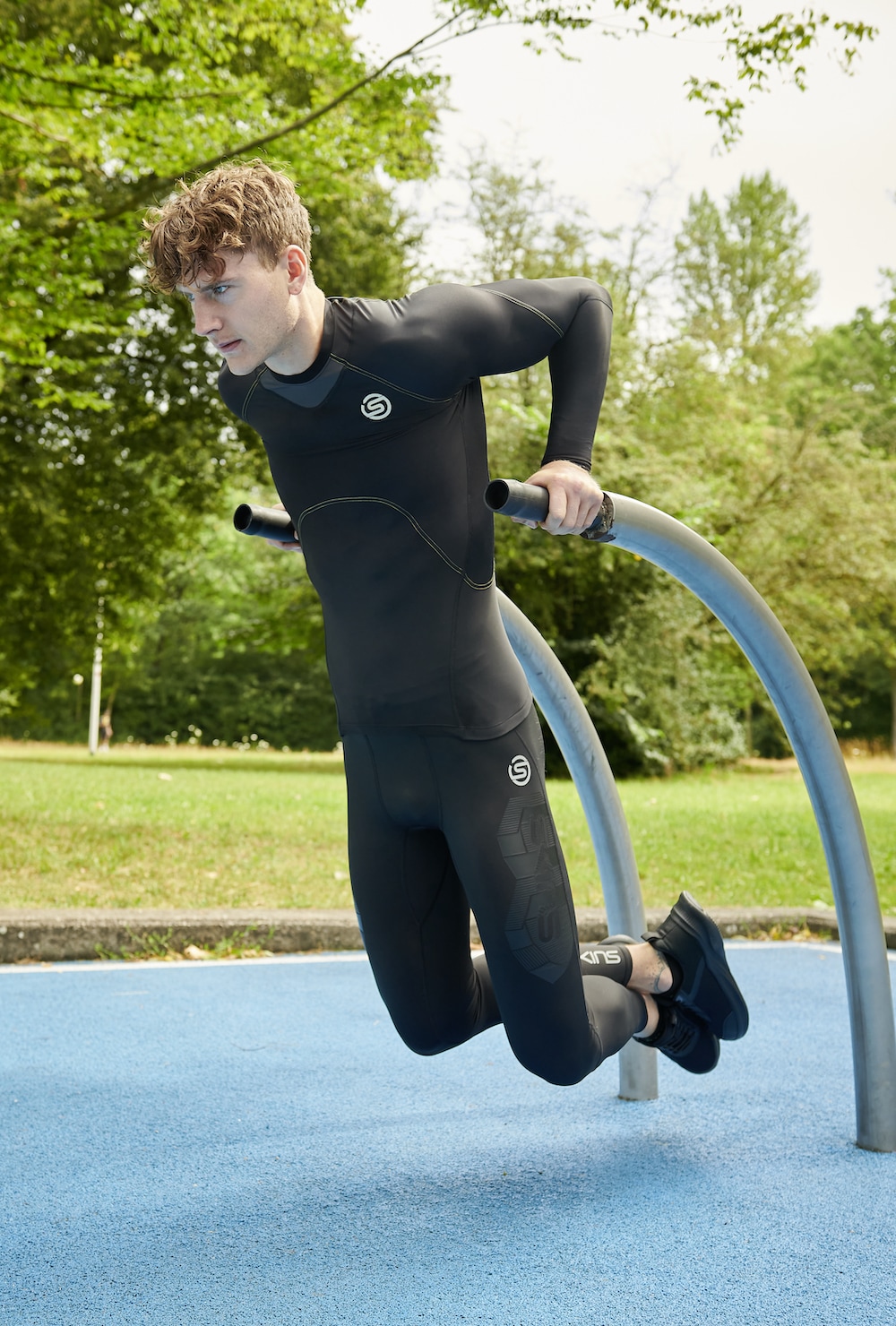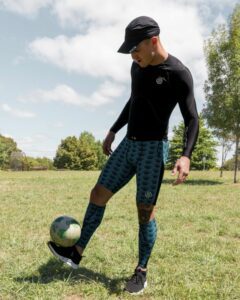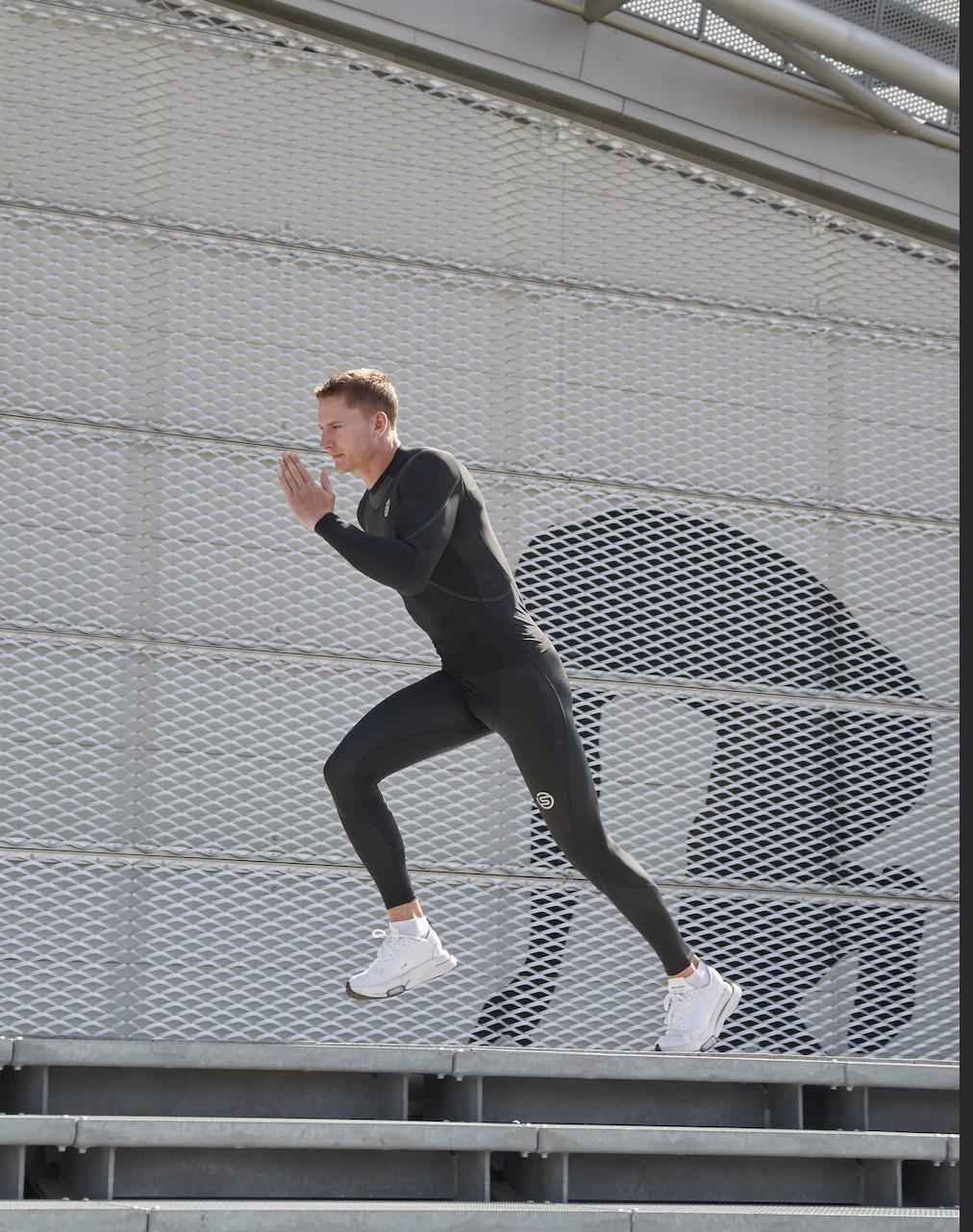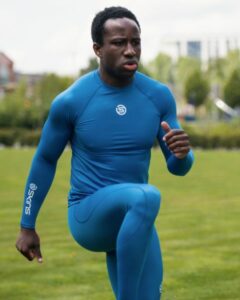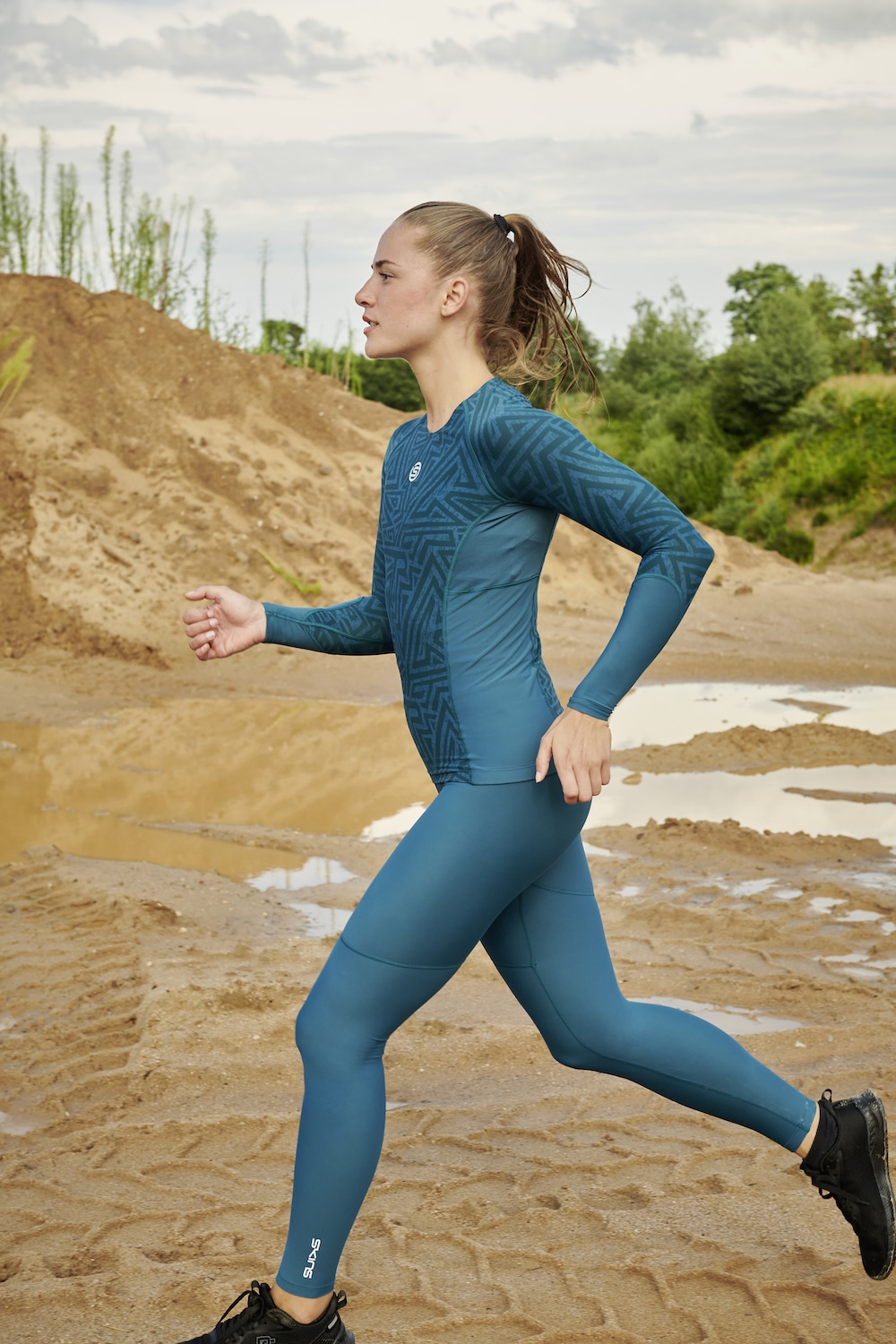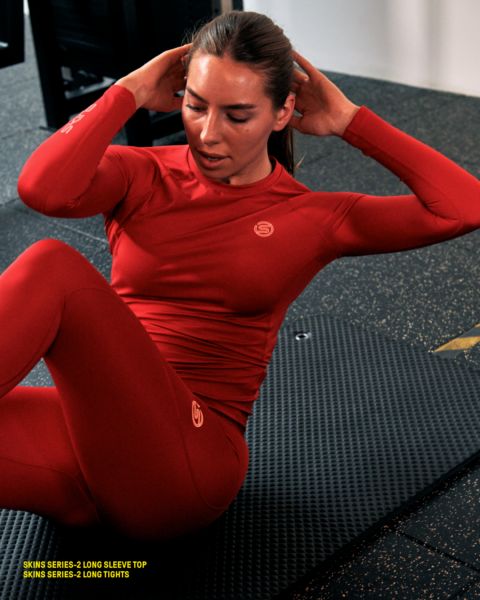TEMPO RUNS

The concept of tempo runs is not a new phenomenon in endurance running. The lactate threshold is one of the key defining factors in endurance performance. All of us at some stage would have heard people describe what thresholds, tempos, 'up-tempo efforts', anaerobic thresholds and steady-state runs are and how they are good for you. There are many confusing terminologies used to describe the lactate threshold concept and seemingly many different ways to train it. The graph below taken from Midgley et al. (2007) is an example of a lactate curve and the methods of training boil down to the same principle of shifting this curve to the right. In simpler terms, you can run faster for the same blood lactate output, or the same pace becomes 'less fatiguing'.

